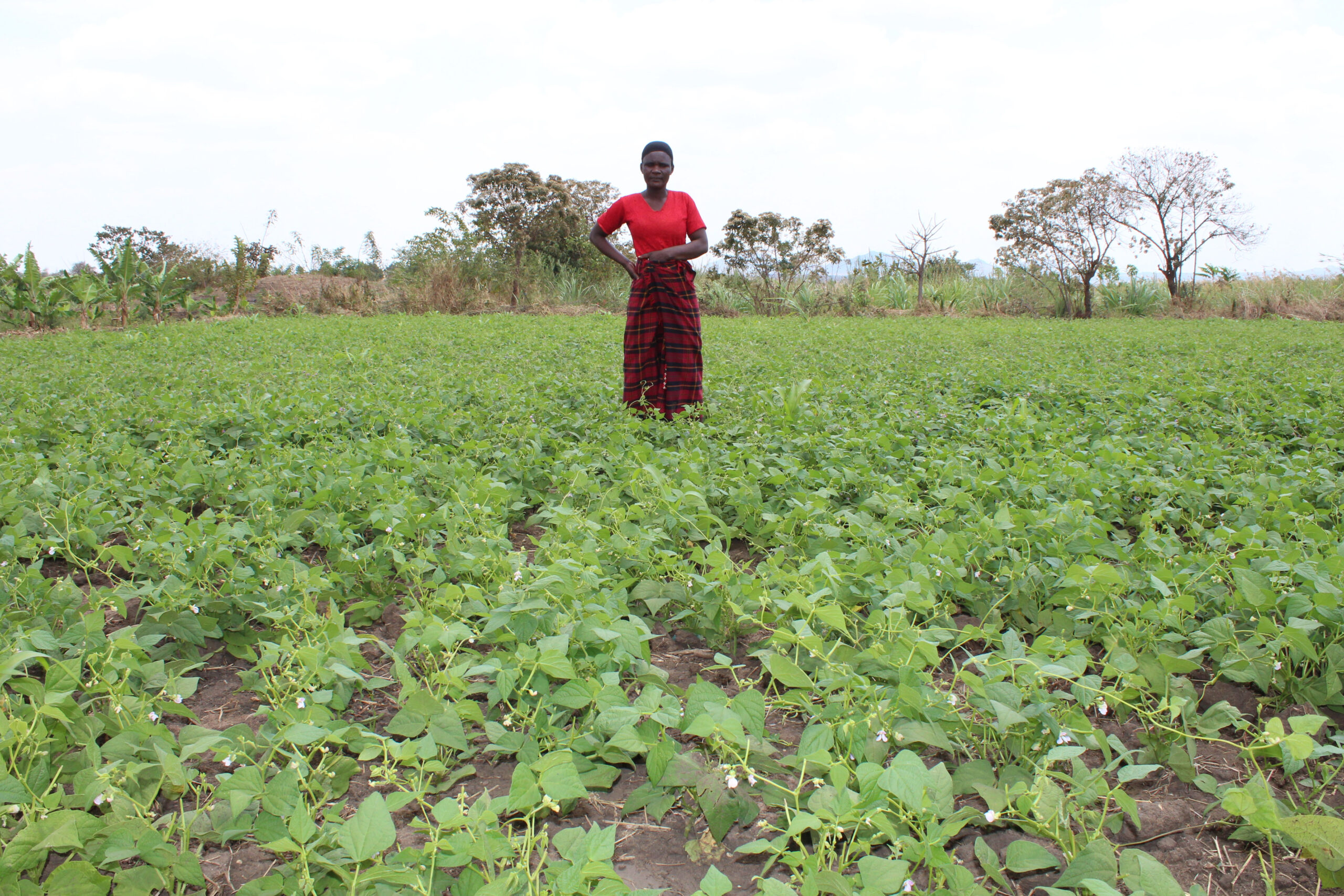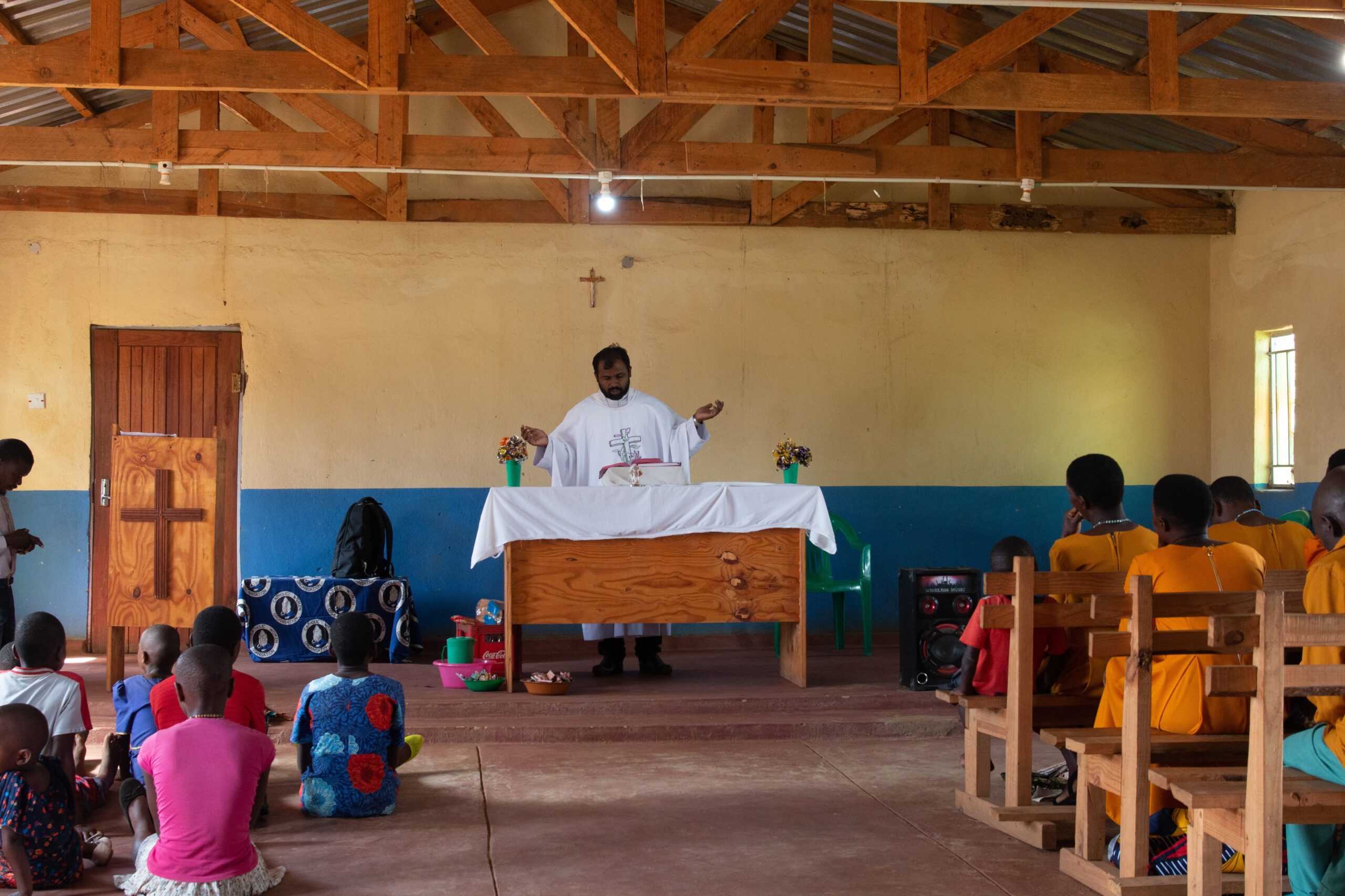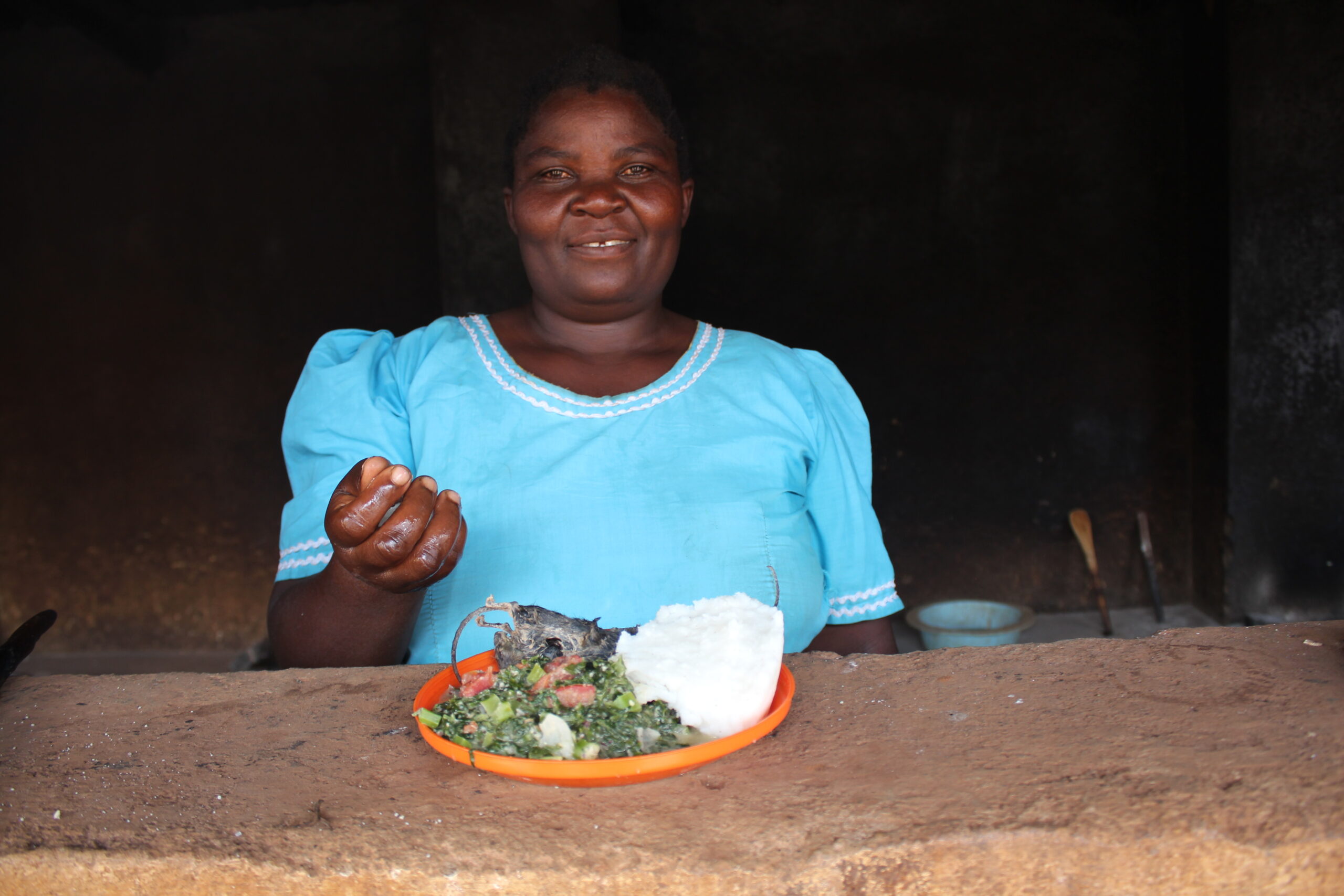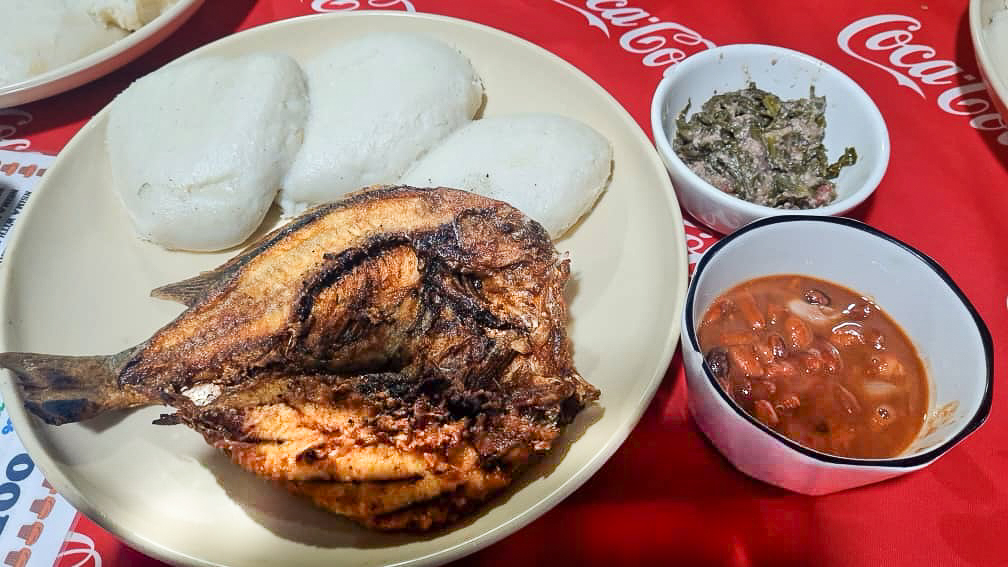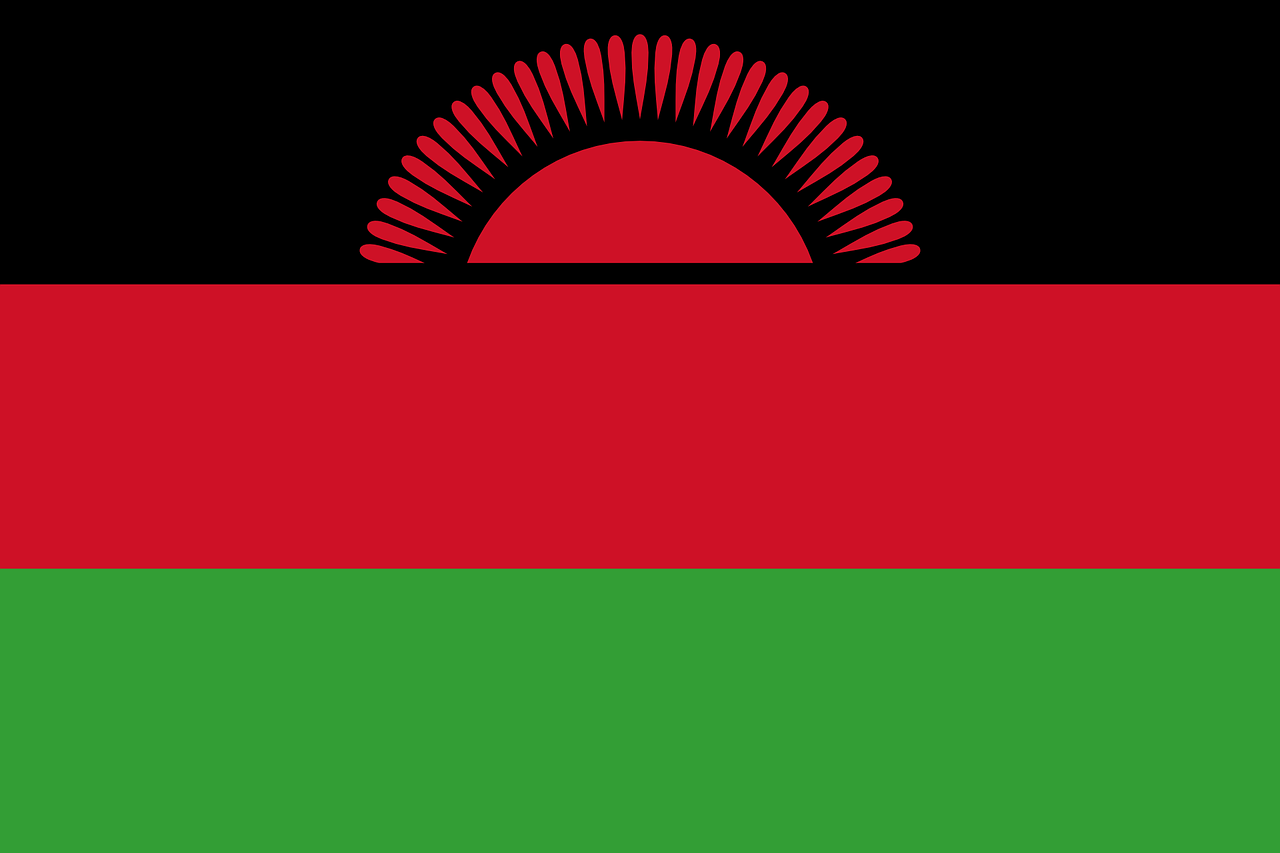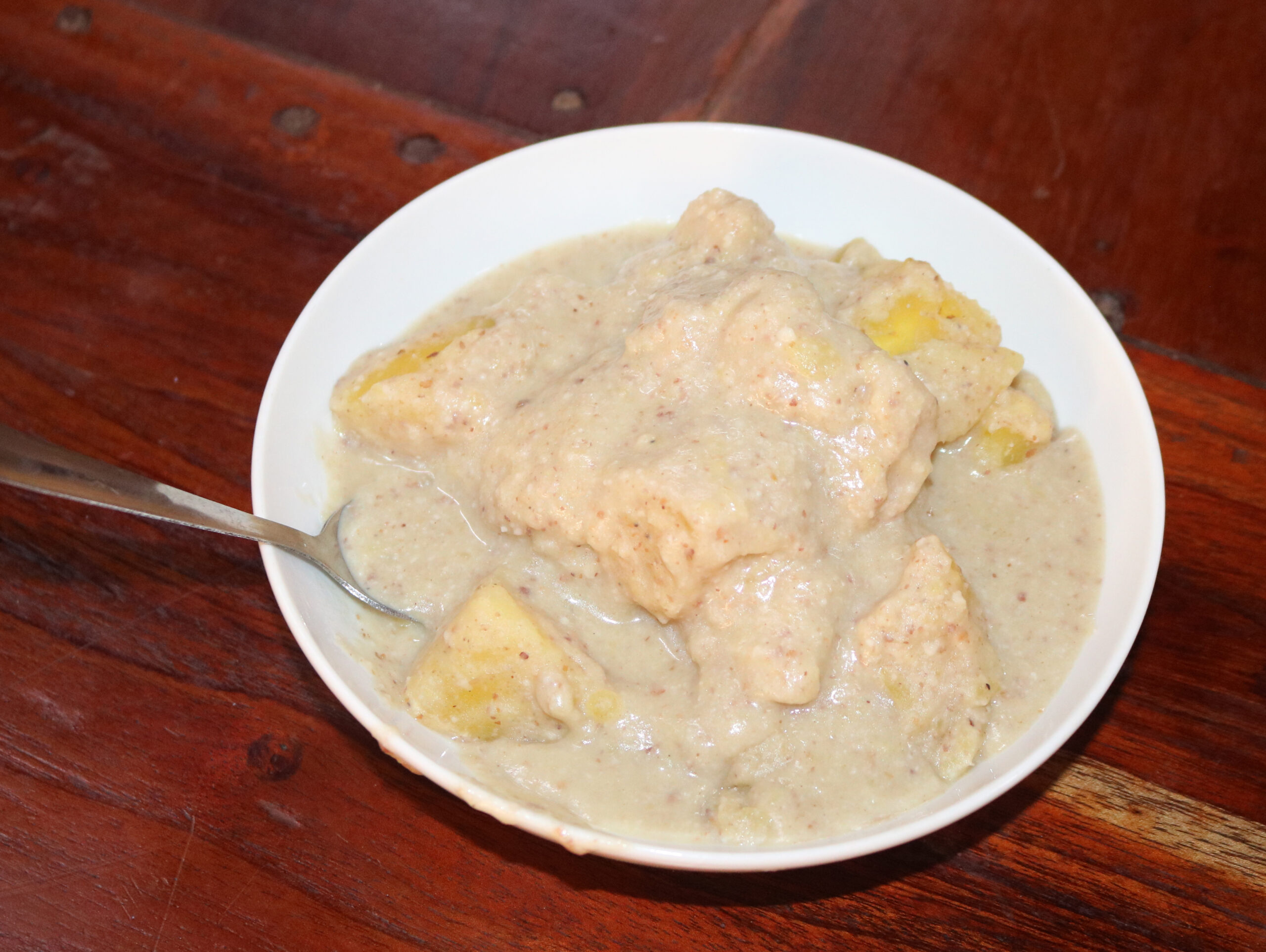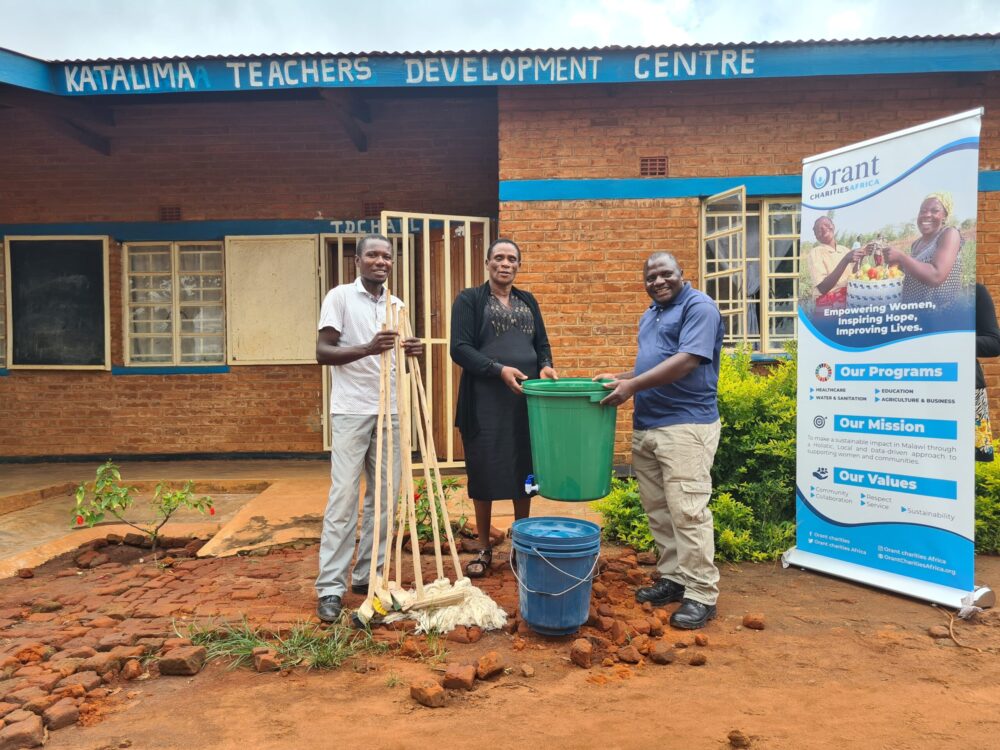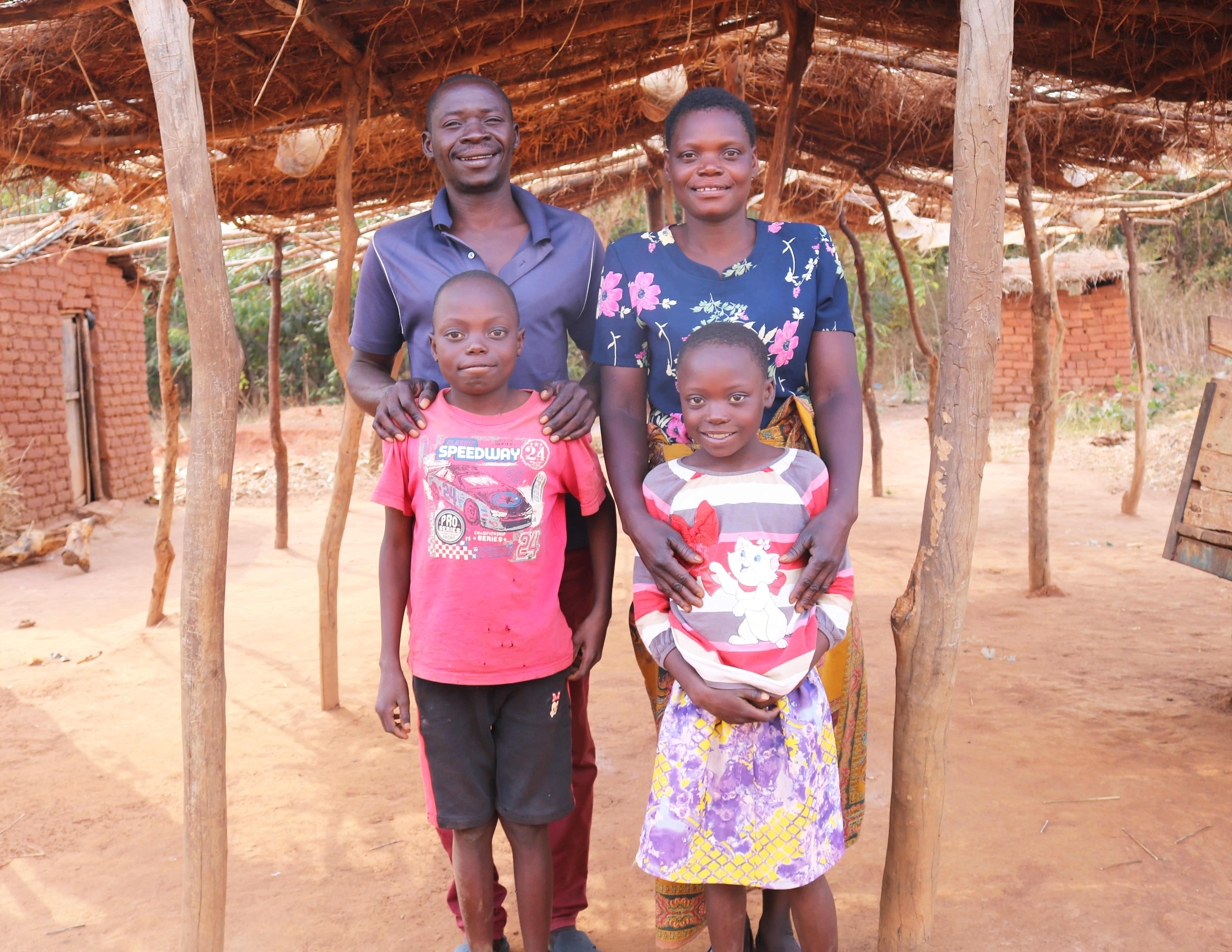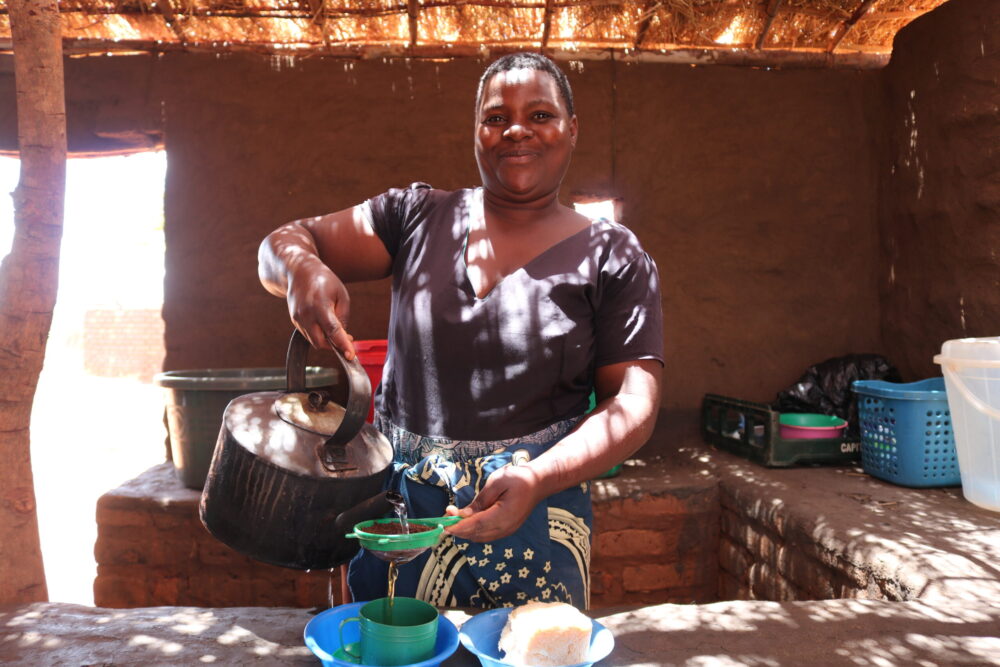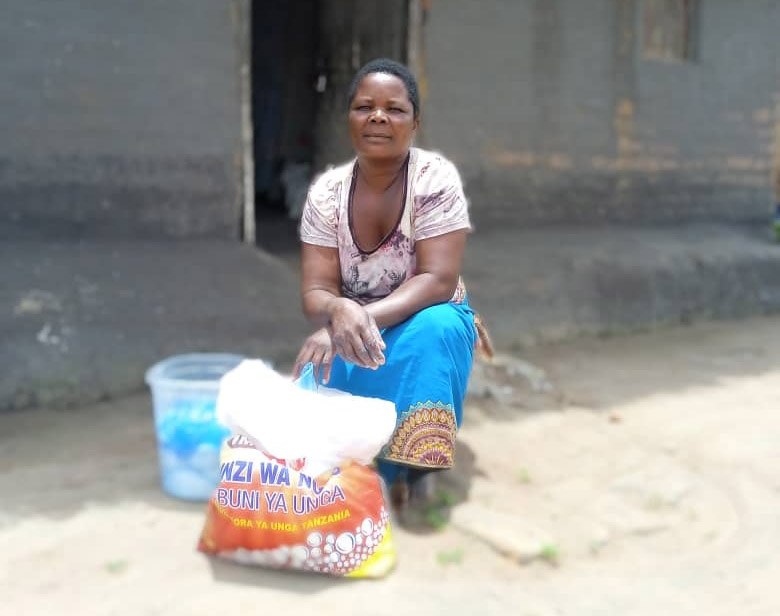Transforming the Lives of Women in Rural Malawi
In rural Malawi, pregnant women face many challenges including lack of access to prenatal care, poor nutrition, and lack of safe spaces to deliver their babies. Orant is working to change that with the renovation of our maternity ward. Read about it in this week’s blog.

